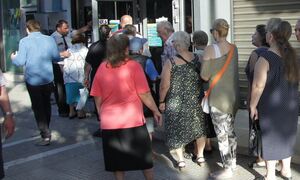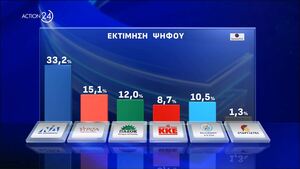True ... holidays in Leros
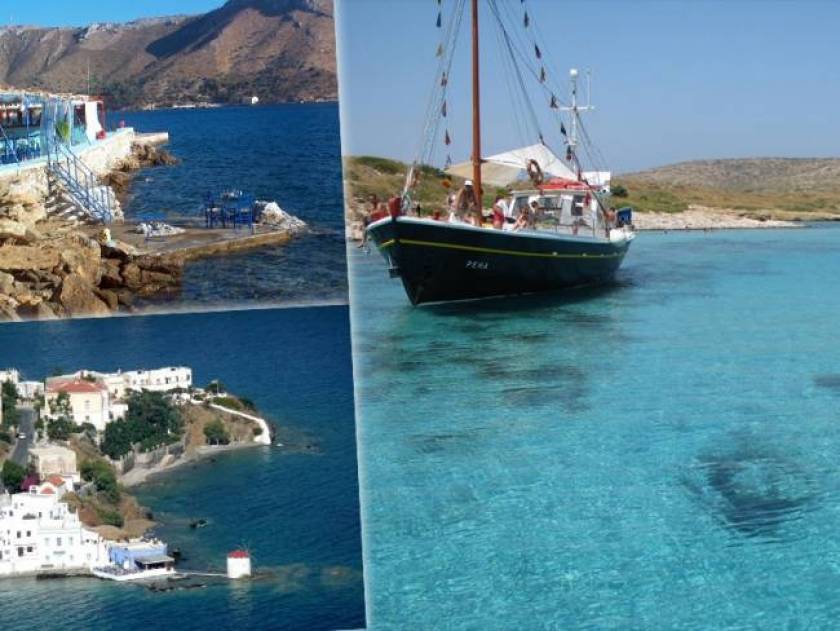
Leros! For many years the island of the Dodecanese was among the more "underprivileged". The reason was the bad fame for the poor living conditions of mentally ill patients housed in its Institution. Years ago the island was used as a place for political exiles. Today, all these are in the past. Leros is the ideal destination to spend your relaxing days!
Leros, during the recent years, is selected by Greek and foreign visitors for the picturesque villages and the taverns by the sea with fresh fish.
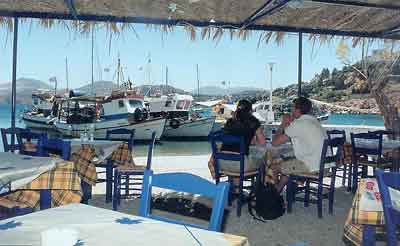
The island is located at the southeastern edge of the Aegean in Dodecanese. The main tourist area is Alinta but other interesting villages are the village Panteli, Vromolithos village and the beach, the Gourna, the Xerocambos, Partheni and Mplefoytis.

The Castle of Panagia, was built in the eleventh century and dominates in the mountain Apitiki over Platanos. Just opposite is Kleidi which is the island's highest point with breathtaking view. The War Museum of Leros is in Merikia, is built in a tunnel of the Second World War.
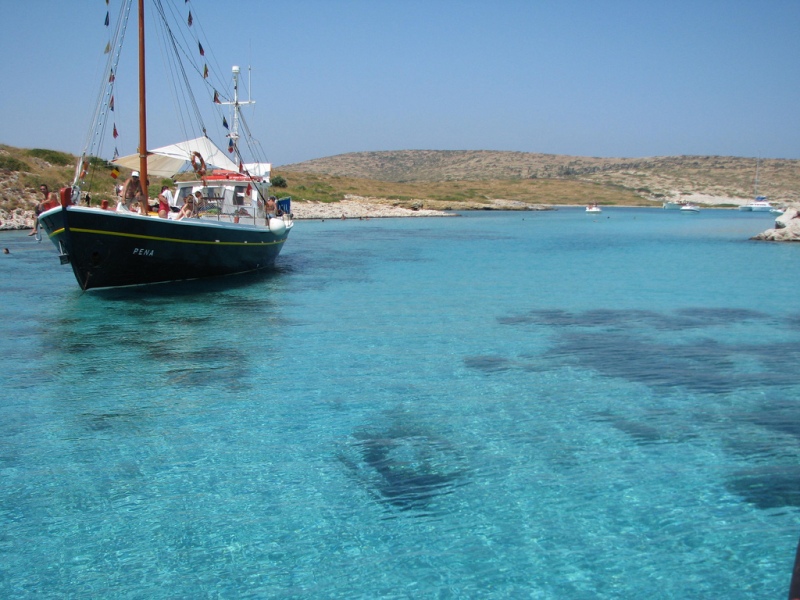
Villages - settlements
Panteli is a small fishing village with tavernas and cafes, which has kept its traditional character, away from mass tourism. It is one of the most picturesque parts of the island.
Vromolithos is an open cove next to Panteli in Leros. It has a long, sandy and in some places pebble beach. Close by, are located small hotels, boarding houses and taverns by the sea. Opposite is the islet of Agia Kyriaki, with a church on a hillside.
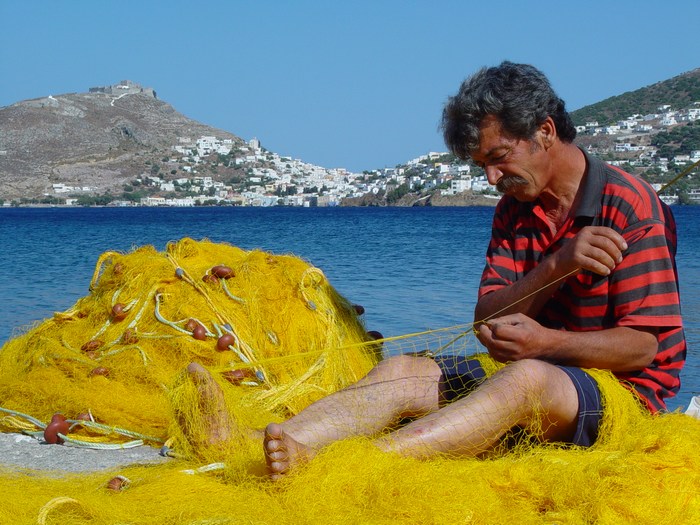
Agia Marina is a picturesque and traditional island village, overlooking the entrance of a large bay and natural harbor and rises to the Patelo or Agia Paraskevi passing by from the Broutzi and from there to the surrounding hills.
The bay of Lakki is one of the largest natural harbors in the Mediterranean. Lakki (Porto Lago) was built during the Italian occupation as a city to house officers and civilian staff of the nearby military base. Today, apart from being the main port of the island, is also the main shopping center.

.
How to get to the island
The airport was constructed in 1984 in Partheni, in the northern part of the island. Currently running 11 flights per week from Athens with Dash 8Q100
In 2005 a new building was built for departures and arrivals. Leros is connected to Athens with one daily flight every Monday, Wednesday, Friday and Sunday with 2. There is also a connection flight to Astypalea, Kos and Rhodes..
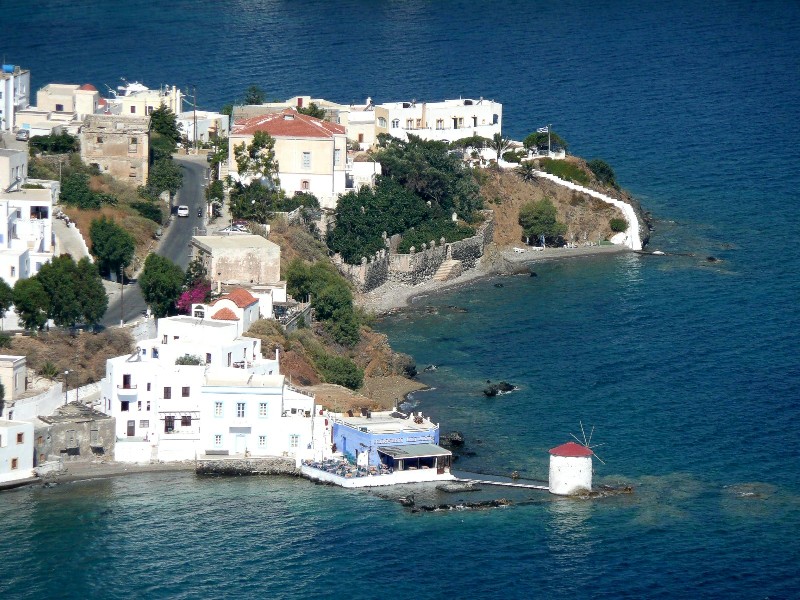
Coastal connection
Leros has ferry connections with islands of Kos, Rhodes, Patmos, Syros on the route leading to the Piraeus (starting from Rhodes) from the port of Lakki, while daily ships linking the island to Kalymnos, Lipsi, Arki , Agathonisi, and Samos.
Where to stay
Leros offers numerous options for accommodation. You will find accommodation in most beach resorts. There are hotels, rooms, studios and furnished apartments. In the larger hotels you will find swimming pools, bars, cafes and restaurants. Prices are generally low compared with other tourist islands of the Dodecanese and the Cyclades.
The Lerians are very hospitable and you will definitely feel this from the moment that you will arrive on the island. The island is not dependent on tourism, and the result is a relaxed, friendly atmosphere.
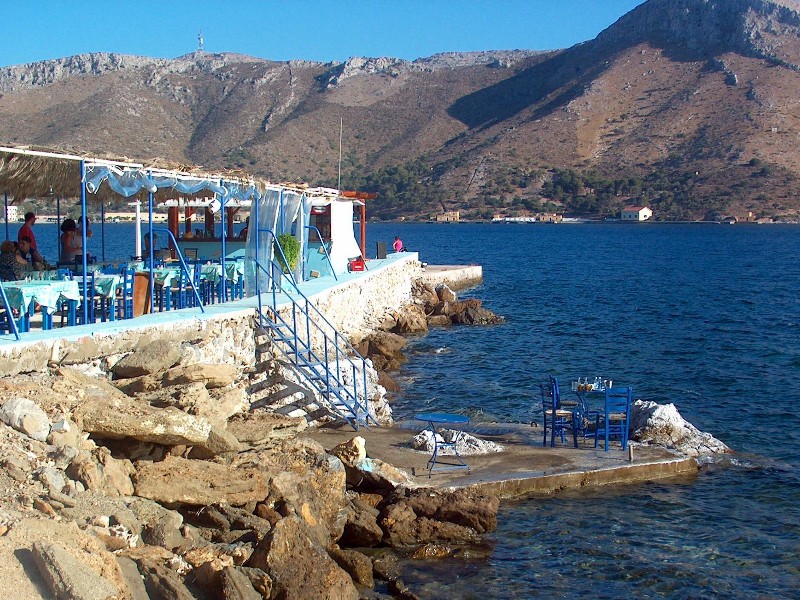
In most tourist accommodation you will find all modern amenities such as air conditioning, television, wireless internet access, which will make your stay comfortable.
Most studios and rooms have small kitchens and refrigerator. In larger hotels you will find swimming pools, bars, cafes and restaurants.

History
Thucydides noted the importance of the bays and harbors of Leros during the Peloponnesian War (431-404 BC), in which Leros supported the Athenians. The end of the war marked the beginning of the dominance of Leros by the Spartans. In the island also is the famous temple of Goddess Artemis.
Follow the path of the other Dodecanese islands during the Alexandrian, Roman and Byzantine times. After the division of the Roman Empire, like the rest of Greece, was being administer from Constantinople, the capital of Byzantium. In islet Farmako, east of Leros, Julius Caesar was captured by local pirates for about 40 days.
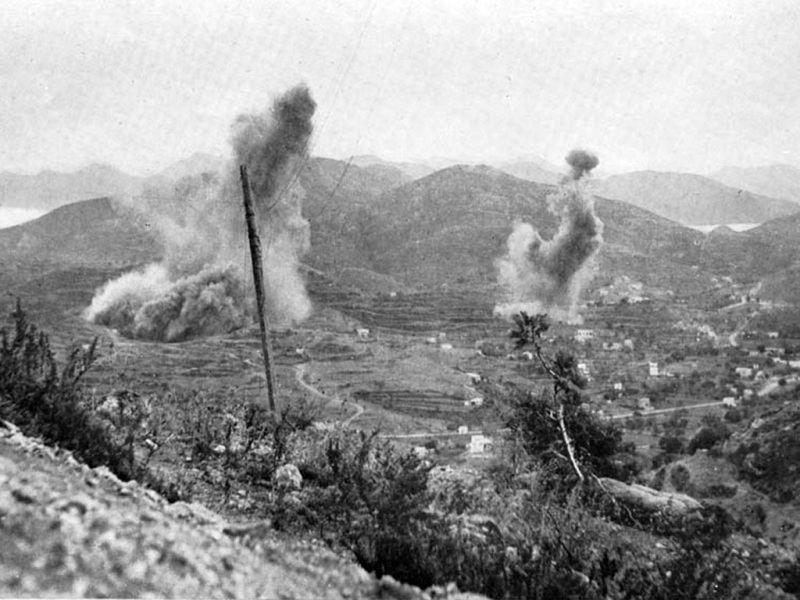
Venetian and Ottoman Period
During the Late Byzantine period, the island was incorporated in Samos .. In the thirteenth century, the island was occupied by the Genoese and the Venetians after. In 1309, the Hospitallers, conquered and fortified Leros. In 1505, the Ottoman admiral Kemal Reis with three galleys and seventeen warships besieged the castle but failed to conquer it. This task was repeated in 1508 with more ships, with the same unfortunate result.
The legend says that at that time the island was saved by the single surviving knight. He was just 18 years old. He clothed women and children with the armor of dead knights, thus tricking the Ottomans that the garrison of Leros was still strong. Finally, on 24 December 1522 following the siege of Rhodes, in the signed treaty between the Sultan Suleiman and the Great Lord of the Knights L'Isle Philip de Villiers-Adam, Leros, along with all the possessions of the Order of the Aegean, passed in Ottoman hands.
During the Ottoman rule, Leros enjoyed, along with other islands, a privileged status of partial autonomy, thus having its own administration. During the Greek Revolution of 1821 the island was liberated and became a major supply base of the Greek Navy. Administratively, it passed under the jurisdiction of the Provisional Committee of the Eastern Sporades.
In 1912, during the Turkish-Italian War, the Italians occupied all Dodecanese islands except kastellorizo. On 12 May 1912, the island was occupied by the sailors of the Italian cruiser San Giorgio.
The Greek inhabitants of the Dodecanese, under the Congress of Patmos (4 June 1912), declared their autonomy as "State of the Aegean", aimed at union with Greece, but with the outbreak of the First World War the attempts were unsuccessful and Italians maintained control of the islands.
From 1916 to 1918, the British used Leros as a naval base. With the pact of Venizelos-Tittoni the island would return to Greece, along with all the Dodecanese except Rhodes, but after the Greek defeat in the Greco-Turkish War (1919-1922) the Italians canceled the agreement.
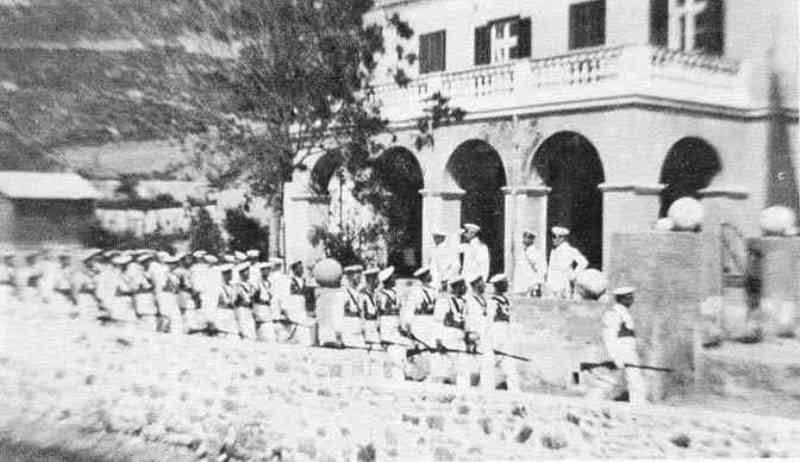
The Treaty of Lausanne confirmed the Italian acquisition of Leros and of the Dodecanese.
During the 31 years that the Italians remained in Leros, built a huge project of planning and fortification of the island, as well as its strategic location and the large, natural harbors (the largest of which, Lakki is the largest natural harbor of large depth in the Mediterranean Sea), turn it to a great naval base.
The fortification of Leros, as well as the construction of a large naval base at Lakki, ensured the Italian control of a region that was vital to the Allies (the Aegean Sea, the Dardanelles and the Middle East). Mussolini saw the island as a paramount base for the Italian domination in the eastern Aegean, and the Portolago as the ideal place to build a villa for his vacations.
With the launch of the Greco-Italian War, many Dodecanesians rushed immediately as volunteers, forming the Regiment of Dodekanission. From the first who joint the regiment was the math teacher, Apostolos Evangelou. After the collapse of the front, he escaped along with many others in the Middle East.
From there he went in Crete, where he developed intense espionage activity against the Germans. He was arrested and executed after horrible torture. His bust in the courtyard of Belleneio Gymnasium of Leros reminds to the modern citizens of Leros, especially in children and young people, the patriotic determination and fighting spirit, of Apostolos Evangelou and his comrades.
Leros in the throes of War
From 1940, where Italy officially entered the Second World War on the side of Germany, Leros suffered from air raids by the British Royal Air Force. As a result of the excellent anchorage provided in battleships, due to the large number of bays and coves, the island was the second most bombed island of the Second World War (after Crete).
On 8 September 1943, when Italy realized it could not continue the war and support the Germans, signed an armistice and passed on the side of the Allies.
When British reinforcement arrived in Leros and in other Dodecanese islands, Leros suffered more bombings, this time by the Germans. The first air strikes were against the Greek A / T Queen Olga D-15 and the English Intrepid, which sank Sunday, Sept. 26, 1943, while they were anchored in Portolago, today's Lakki.
Followed dozens of raids of Ju 87 and Ju 88, for 52 days. Eventually the island of Leros was occupied by German troops during the Battle of Leros, mission ''Taifun'', with air and amphibious assaults between 12 and 16 November 1943. Forces involved were paratroopers, a battalion of the elite division of Brandenburg. The infantry troops were backed by bombers of the "Luftwaffe". Among them were the groups I. and II by Stuka-Wing 3. Group I was operated by the military base of Megara. The island remained under German occupation until the end of the war.

Postwar History
After the Germans evacuated the island, it came under British administration until March 7, 1948, and together with the other Dodecanese was united with Greece. 600 years after the end of Byzantine domination, Dodecanese incorporated to Greek state again. During the postwar years, the Greek government used many of the buildings on the island for various reasons. During the military junta, the island was used as a place of exile for political prisoners, using the old Italian military depots in 'Partheni' area and the old Italian barracks in the magnificent area of "Agios Georgios Leppida", as concentration camps.
The municipality of Leros includes the island of Leros, the surrounding islands, and the outlying islands Kinaros, Levitha and Pharmakonisi.




